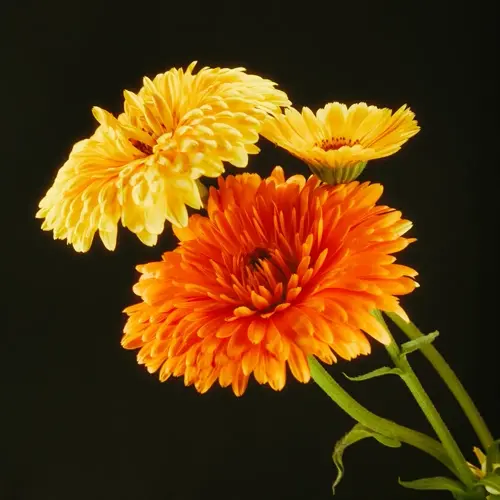Is catnip easy to grow?

Written by
Nguyen Minh
Reviewed by
Prof. Charles Hartman, Ph.D.Cultivating catnip yields gardeners pleasantly scented, multi-functional plants. This herb flourishes with minimal attention in a variety of environments. It can be planted in your garden or in containers; as catnip enhances your pest control and your cat's experience.
Sunlight Needs
- Provide six hours of direct sunlight daily
- Offer afternoon shade in hot climates above 85°F
- Rotate indoor plants weekly for even growth
Soil Preparation
- Ensure soil drains within one hour after watering
- Mix coarse sand into clay soils for better drainage
- Maintain pH between 6.1-7.8 using organic amendments
Water Management
- Water mature plants only when top soil dries
- Keep seedlings lightly moist during establishment
- Avoid wetting leaves to prevent fungal diseases
Plant catnip in spring, after the threat of frost. Choose locations with good air circulation. Space the plants 2 feet apart to facilitate proper growth. Do not use fertilizer as it diminishes the quality of essential oils. If you want the best aroma from your catnip, harvest leaves when the flowers begin to form.
Use harvested catnip to make feline toys or herbal tea. To dry stems for optimal storage, place the stems upside down in a dark area. For long-term freshness, store leaves in airtight containers. This herb meets the needs of pets and people!
Address challenges such as leggy growth by providing your plants with more sunlight. To deter cats from your plants, position a few barriers around the plants. Control pests with organic methods like neem oil sprays. Make sure to prune your plants often and this will help keep them bushy throughout the season.
Read the full article: How to Grow Catnip: The Complete Guide

